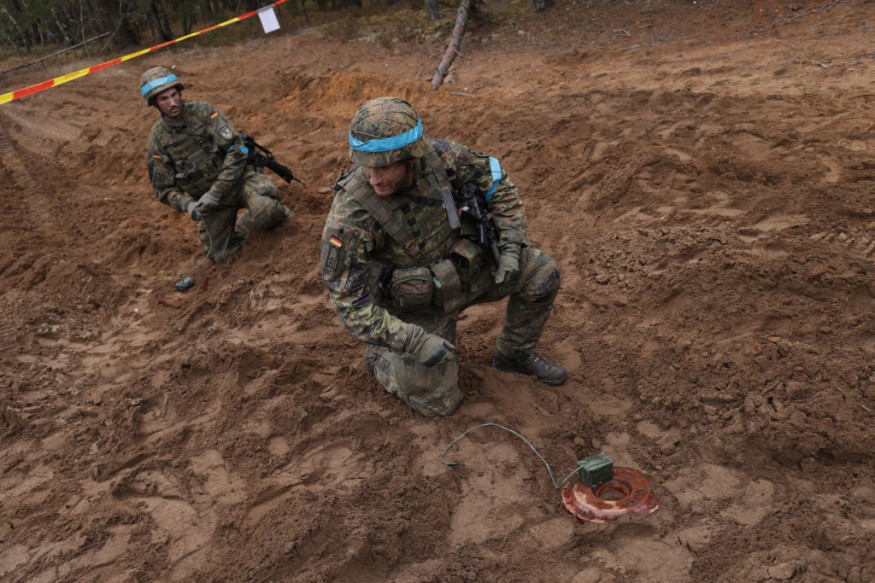
Scientists in the United Kingdom have discovered "exciting and significant" new insights into how German soldiers used a crater in the Hawthorn Ridge blast site to their advantage during World War I.
Hawthorn Ridge Explosion
It has been shown that the British mine explosion that signaled the start of the Battle of the Somme produced a crater that allowed German forces to advance into No Man's Land.
By July 1, 1916, British forces had laid 19 mines beneath German lines and stuffed the tunnels with 40,000lb of explosives, which they planned to blow to provide cover for an infantry attack.
However, in an admitted military blunder, the mines were exploded 10 minutes before the advance, alerting the Germans to the plot and allowing them to take cover.
An archeological survey of the Hawthorn Ridge site has revealed that Germans used the crater rim as part of their front line, even tunneling out from it to advance their position in No Man's Land.
It gave German soldiers time to take defensive positions in the newly formed crater, resulting in more than 57,000 British fatalities on the first day of the conflict, including 19,000 killed.
In the 107-year-old crater, researchers have unearthed the remains of an undiscovered part of a German trench with barbed wire, known as a fire bay.
"We found physical evidence for the first time of how German soldiers had consolidated part of the crater left behind after the explosion, and actually used it to their advantage as a new defensive position," Dr. Jamie Pringle, a forensic geoscientist at Keele University.
Military historian stressed that Germans swiftly mastered the art of capturing craters and exploited it.
"Our study has provided new evidence of the strongpoint the Germans built from the captured crater in the middle of No Man's Land that doomed the British attack to failure," said Prof. Peter Doyle, a military historian at Goldsmiths, University of London, who was part of the team.
Read Also : The Disastrous Beirut Explosion Was So Brutal That It Disturbed Earth's Ionosphere - Scientists
Exciting And Significant
The researchers also discovered multiple impact holes from Allied shells and an unexploded British shrapnel artillery round with its time-fuse still intact, assumed to be one of many that did not explode.
They also discovered an empty ammunition box for a Vickers, a sort of heavy machine gun popular during both World Wars.
The study also claims that British forces blew up a second mine on November 13, creating a new crater.
They said that this bombardment was more successful, assisting them in capturing the ridge and the surrounding Beaumont Hamel settlement.
Dr Kris Wisniewski, a forensic science lecturer at Keele University, described the investigation of the "historically significant crater" as "exciting and significant."
He added that by using drones with imaging cameras, experts were able to remotely image a probable sap or shallow tunnel to the north west of the crater, demonstrating German mastery of no man's land after the initial detonation.
Related Article : Criminal Charges Against Tour Operators? Not possible - Experts on White Island Crisis
© 2025 NatureWorldNews.com All rights reserved. Do not reproduce without permission.





